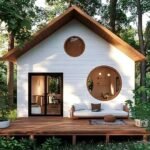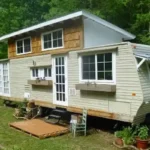As housing costs soar and sustainable living gains traction, tiny living—embracing life in small, efficient spaces—has become a popular movement. It promotes minimalism, flexibility, and a deeper connection to nature.
Defining the Different Types of Tiny Living Spaces
Tiny House
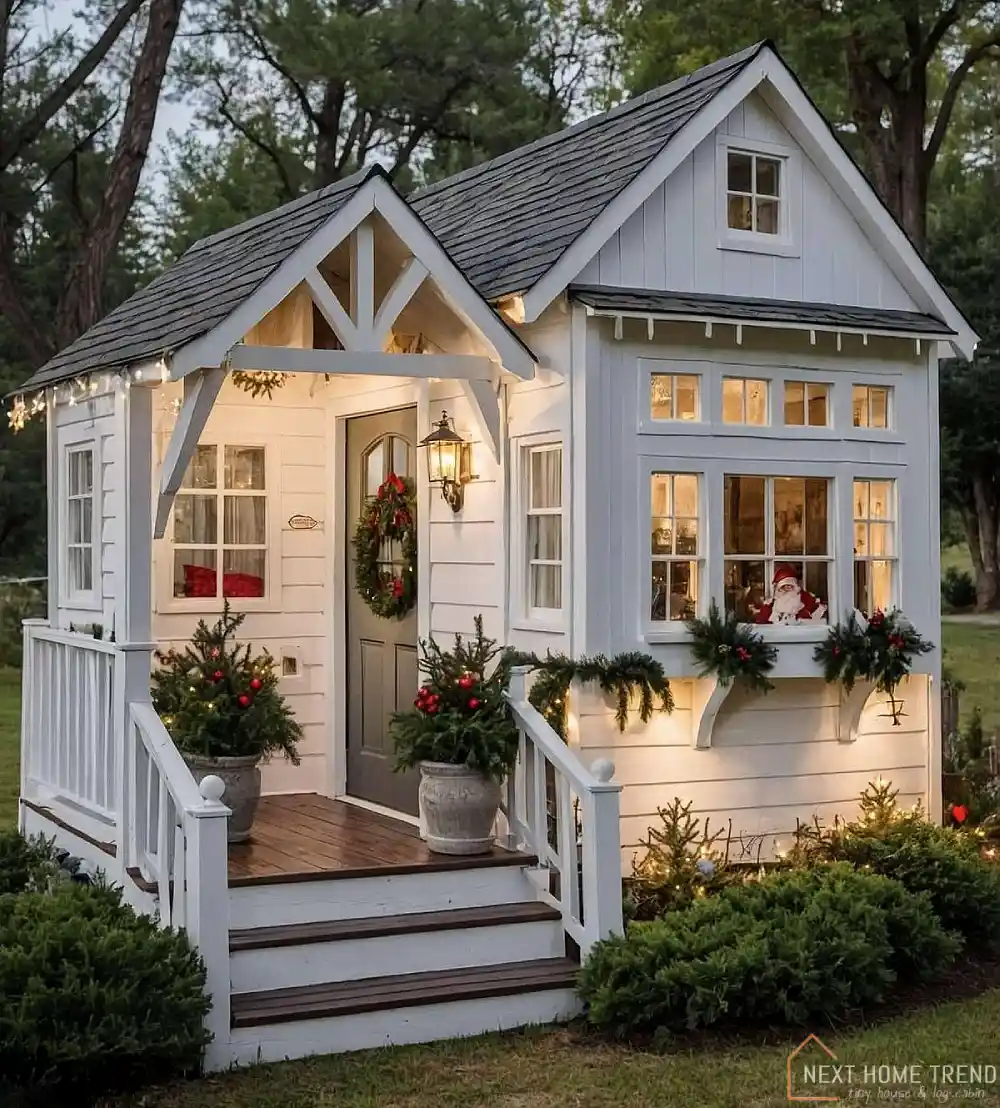
A tiny house typically ranges from 100 to 400 square feet, designed to maximize every inch of space. These homes often include clever storage solutions, multi-functional furniture, and are built to offer all the essential amenities of a traditional house, but in a more compact form.
Small House
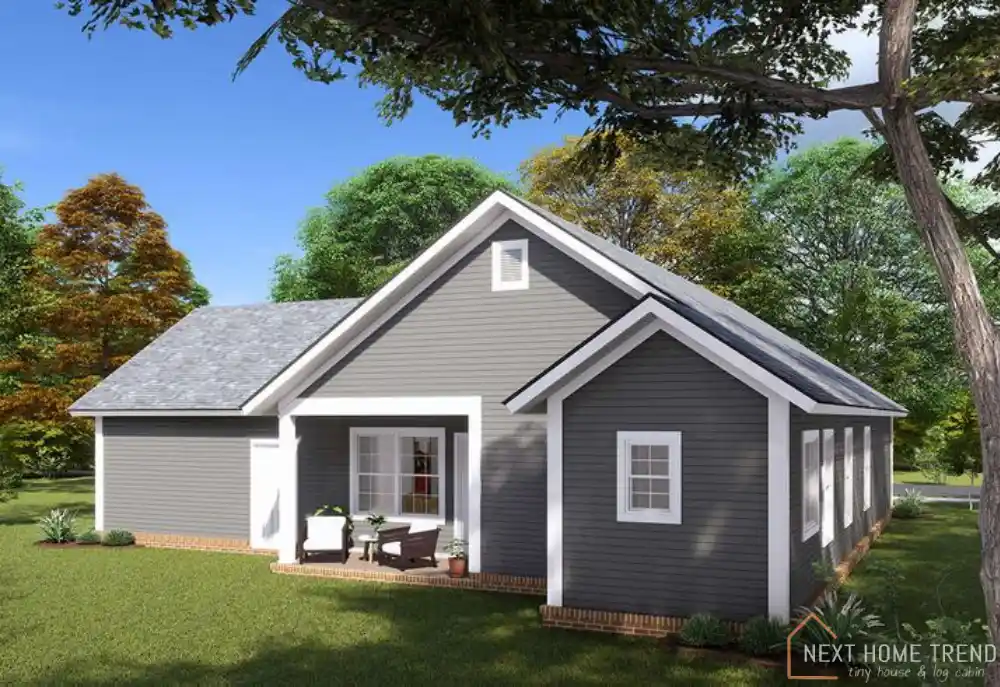
Small houses are slightly larger than tiny houses, typically ranging from 400 to 1,000 square feet. They maintain a focus on efficiency and simplicity but offer more space, making them ideal for small families or those who want a bit more room while still downsizing from conventional homes.
Cottage
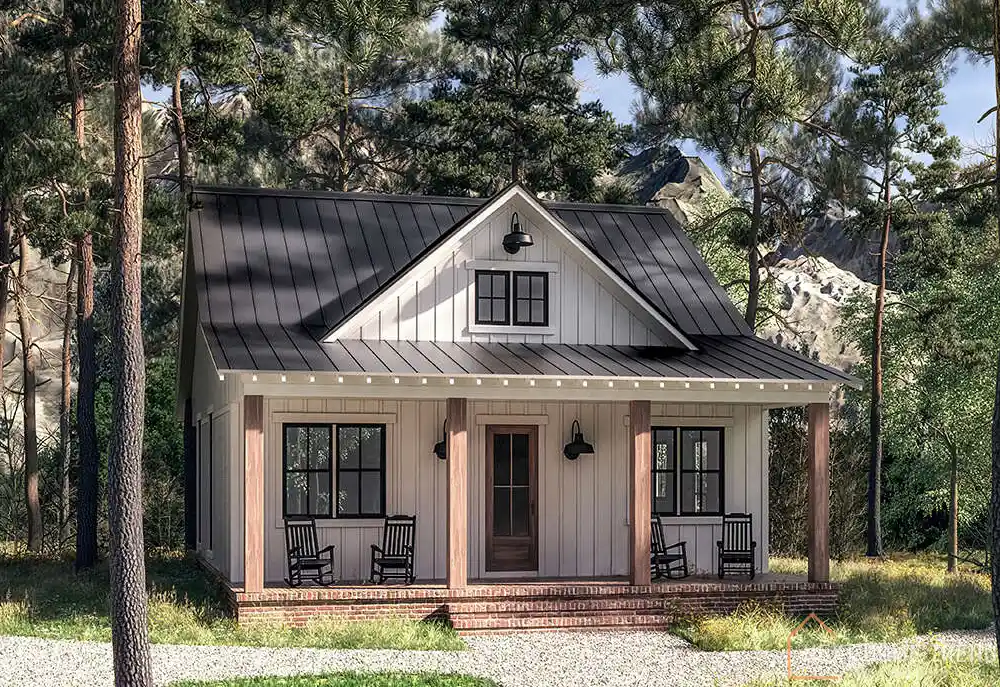
Cottages are charming, compact homes often found in rural or coastal areas. They are known for their cozy aesthetic, featuring 400 to 1,200 square feet of space. Cottages prioritize comfort and style, with traditional or rustic designs.
Tiny House on Wheels (THOW)
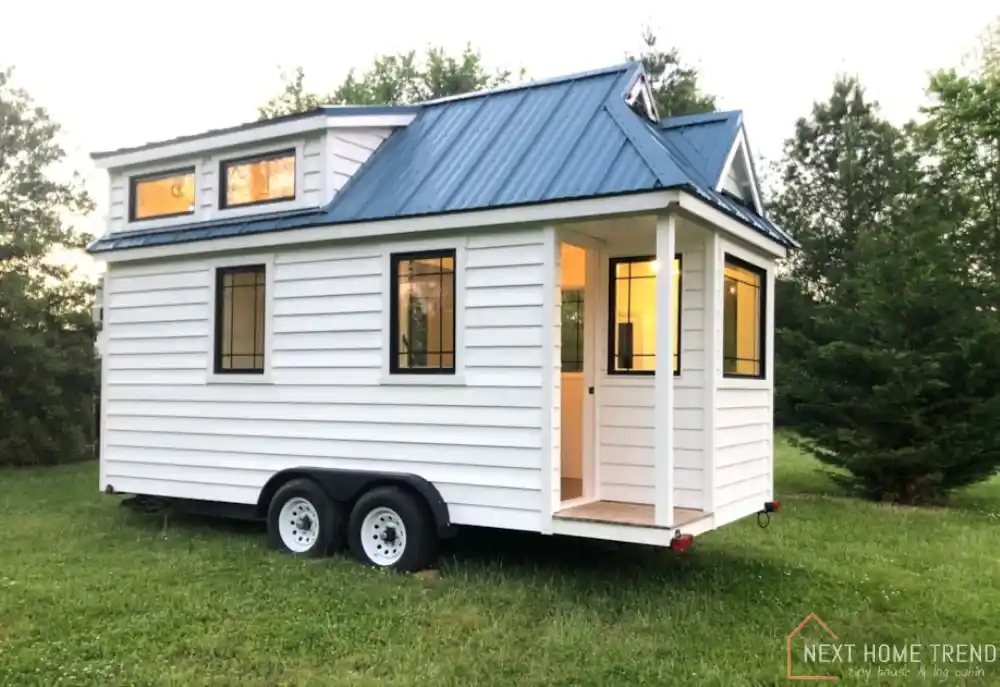
A subset of tiny houses, these homes are built on trailers, making them mobile and easy to relocate. THOWs are usually under 300 square feet and comply with road regulations, making them perfect for those who love travel and adventure.
Log Cabin
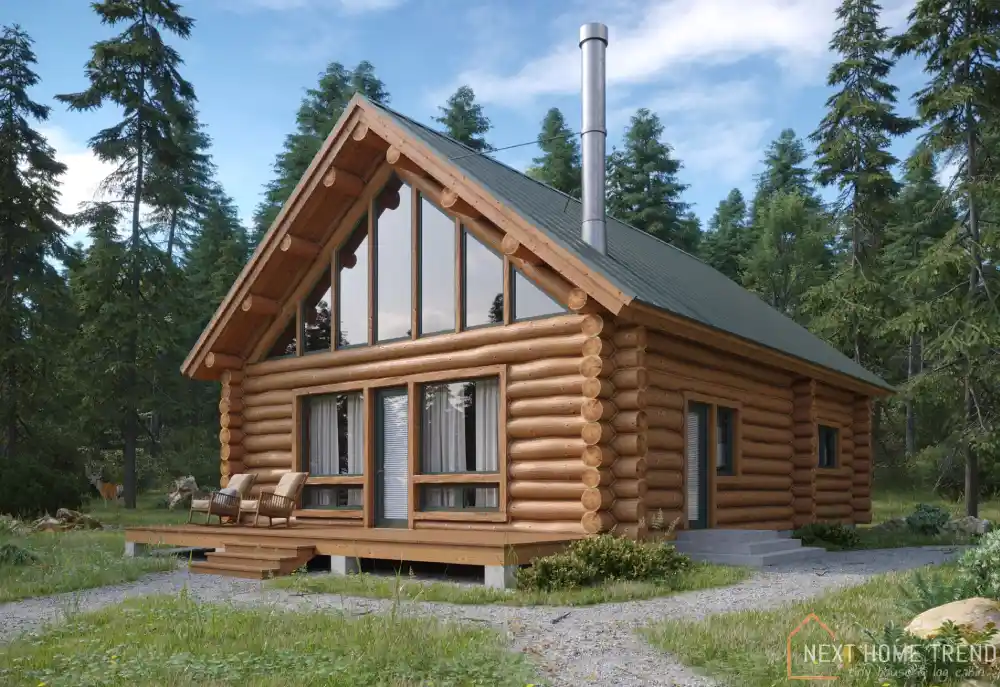
Log cabins are small homes typically made from logs, offering a rustic, natural vibe. They range from 500 to 1,200 square feet and are often used as vacation homes or retreats in remote locations, emphasizing simplicity and a connection to nature.
Container Home
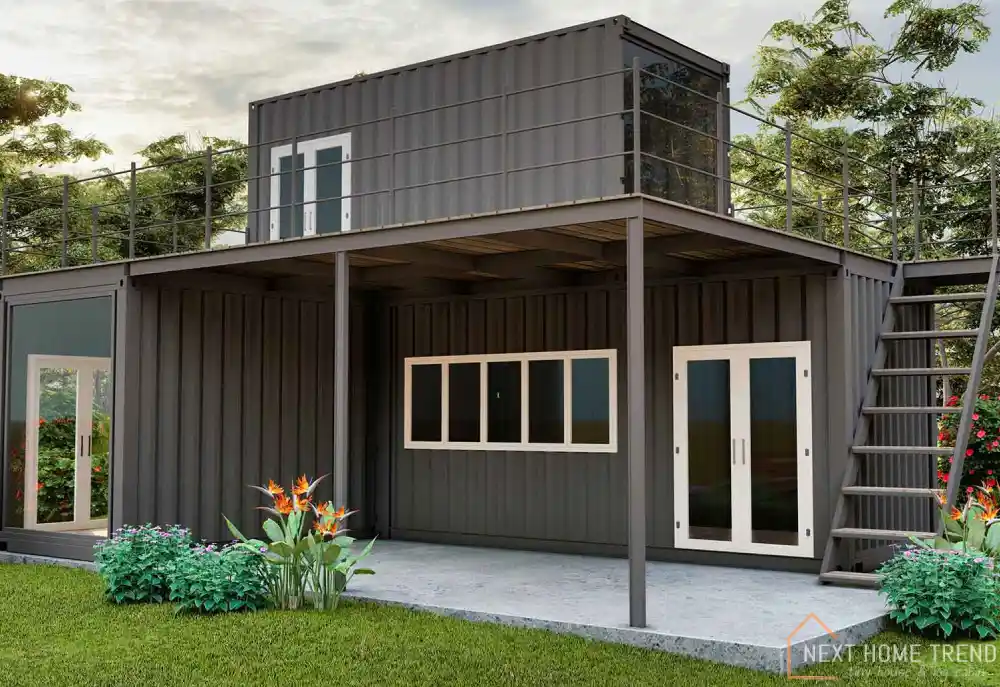
Built from repurposed shipping containers, container homes are modern and eco-friendly. These homes can range from 100 to 1,200 square feet, depending on how many containers are used. They are durable, cost-effective, and offer a sleek, industrial aesthetic.
Key Differences in Design and Size
Each type of tiny living space varies in design and size, catering to different lifestyles:
- Tiny Houses focus on extreme space efficiency with minimal square footage.
- Small Houses offer more breathing room while maintaining a compact footprint.
- Cottages emphasize charm and comfort, ideal for quaint living.
- THOWs prioritize mobility and versatility.
- Log Cabins provide a rustic, natural escape.
- Container Homes combine sustainability with modern design.
Why Choose Tiny Living?
Affordability
Tiny homes cost significantly less than traditional houses, both in terms of initial investment and long-term expenses like utilities and maintenance.
Sustainability
With a smaller carbon footprint, tiny living promotes eco-friendly practices such as reduced energy consumption and the use of sustainable materials.
Flexibility and Mobility
Many tiny homes, especially THOWs, offer the freedom to travel or relocate without the hassle of traditional moving.
Simplified Lifestyle
Tiny living encourages minimalism, helping people focus on what truly matters—be it relationships, experiences, or personal growth.
Tiny House Communities
Across the globe, communities dedicated to tiny living are emerging, providing a sense of belonging and support. These neighborhoods often share resources, promote sustainability, and offer a close-knit environment. Examples include:
- Tiny House Village in Oregon, USA
- Lamonzie-Montastruc Eco-Village in France
- Cabn Community in Australia
Conclusion
Tiny living is more than just downsizing; it’s a lifestyle that embraces efficiency, sustainability, and freedom. Whether you’re looking for a permanent residence, a mobile adventure, or a rustic retreat, tiny homes offer a solution for those seeking to live large in small spaces.

